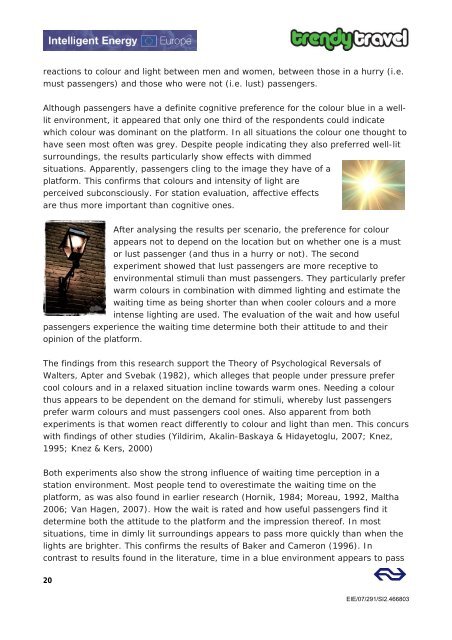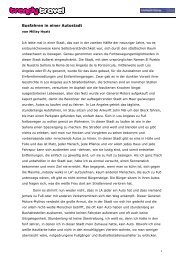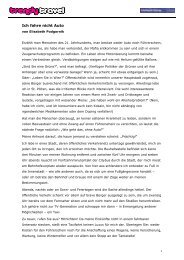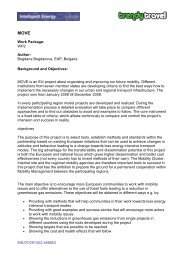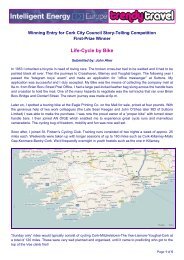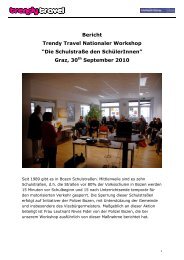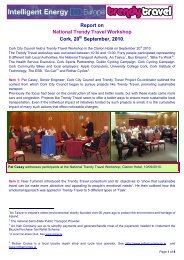Resource Pack: Railway Station Design - Eltis
Resource Pack: Railway Station Design - Eltis
Resource Pack: Railway Station Design - Eltis
Create successful ePaper yourself
Turn your PDF publications into a flip-book with our unique Google optimized e-Paper software.
eactions to colour and light between men and women, between those in a hurry (i.e.<br />
must passengers) and those who were not (i.e. lust) passengers.<br />
Although passengers have a definite cognitive preference for the colour blue in a welllit<br />
environment, it appeared that only one third of the respondents could indicate<br />
which colour was dominant on the platform. In all situations the colour one thought to<br />
have seen most often was grey. Despite people indicating they also preferred well-lit<br />
surroundings, the results particularly show effects with dimmed<br />
situations. Apparently, passengers cling to the image they have of a<br />
platform. This confirms that colours and intensity of light are<br />
perceived subconsciously. For station evaluation, affective effects<br />
are thus more important than cognitive ones.<br />
After analysing the results per scenario, the preference for colour<br />
appears not to depend on the location but on whether one is a must<br />
or lust passenger (and thus in a hurry or not). The second<br />
experiment showed that lust passengers are more receptive to<br />
environmental stimuli than must passengers. They particularly prefer<br />
warm colours in combination with dimmed lighting and estimate the<br />
waiting time as being shorter than when cooler colours and a more<br />
intense lighting are used. The evaluation of the wait and how useful<br />
passengers experience the waiting time determine both their attitude to and their<br />
opinion of the platform.<br />
The findings from this research support the Theory of Psychological Reversals of<br />
Walters, Apter and Svebak (1982), which alleges that people under pressure prefer<br />
cool colours and in a relaxed situation incline towards warm ones. Needing a colour<br />
thus appears to be dependent on the demand for stimuli, whereby lust passengers<br />
prefer warm colours and must passengers cool ones. Also apparent from both<br />
experiments is that women react differently to colour and light than men. This concurs<br />
with findings of other studies (Yildirim, Akalin-Baskaya & Hidayetoglu, 2007; Knez,<br />
1995; Knez & Kers, 2000)<br />
Both experiments also show the strong influence of waiting time perception in a<br />
station environment. Most people tend to overestimate the waiting time on the<br />
platform, as was also found in earlier research (Hornik, 1984; Moreau, 1992, Maltha<br />
2006; Van Hagen, 2007). How the wait is rated and how useful passengers find it<br />
determine both the attitude to the platform and the impression thereof. In most<br />
situations, time in dimly lit surroundings appears to pass more quickly than when the<br />
lights are brighter. This confirms the results of Baker and Cameron (1996). In<br />
contrast to results found in the literature, time in a blue environment appears to pass<br />
20<br />
EIE/07/291/SI2.466803


